Biology Reference
In-Depth Information
in the inhibition of human CFU-E formation by IFN-
[59]. Another potential
second messenger implicated in the inhibitory effects of TNF and/or IL-1,
nitrous oxide, appears to directly inhibit erythroid colony-formation
in vitro
[60]. A different approach to understanding the cellular effects of IFN-
γ
on
CFU-E has been to evaluate changes in growth-factor receptors during ery-
throid development. Exposure to very high (2,500 U/mL) concentrations of
rHuIFN-
γ
in vitro
results in a decrease in EPO and stem cell factor (SCF), but
not insulin-like growth factor-1 (IGF-1), receptors. This decrease is observed
at both the protein and mRNA levels [61]. Although this finding has only been
demonstrated at rHuIFN-
γ
concentrations significantly greater than those that
inhibit CFU-E formation (100 to 1,000 U/mL), it is the most mechanistically
appealing explanation for the effect of IFN-
γ
γ
.
γ
As will be discussed subsequently, treatment of patients with ACD with
rHuEPO can increase hemoglobin concentration. The effects of supraphysio-
logic rHuEPO concentrations on the inhibitory effects of IFN-
- and IFN-
β
on
CFU-E
in vitro
have also been studied. The
in vitro
inhibitory effect of rHu
γ
γ
IFN, can be reversed at increased concentrations of rHuEPO
[57, 62]. It is possible that these observations provide a mechanism to explain
the heterogeneity of the clinical response to rHuEPO in patients with ACD.
IFN, but not
β
Impaired mobilization of reticuloendothelial iron stores
A diagnostic feature of ACD is hypoferremia in the setting of adequate or
increased iron stores [29]. The impaired iron mobilization implied by these
findings may also result from the effects of cytokines. A correlation between
the immune activation marker neopterin and increasing ferritin concentrations
in patients with malignancies has been reported,suggesting a role for immune
activation in the altered iron metabolism of ACD [63]. Other investigators have
reported that rodents injected with recombinant TNF develop a hypoferremic
anemia associated with impaired reticuloendothelial iron release and incorpo-
ration into erythrocytes [35, 64]. IL-1 increases translation of ferritin mRNA,
and it has been suggested that this additional ferritin could act as a trap for iron
that might otherwise be available for erythropoiesis [65]. The acute phase
reacting protein
-1-antitrypsin appears to inhibit erythropoiesis by impairing
transferrin binding to TfR and subsequent internalization of the TfR-transfer-
rin complex [66]. Nitrous oxide may have a major role in cytokine-mediated
regulation of cellular iron metabolism [67-72].
α
Treatment of ACD with rHuEPO
Traditionally, ACD has been considered a cause of moderate anemia, with
fewer than 2% of patients having an hematocrit <25% [73]. A series based on
current diagnostic methodology, however, indicates that 20% to 30% of









